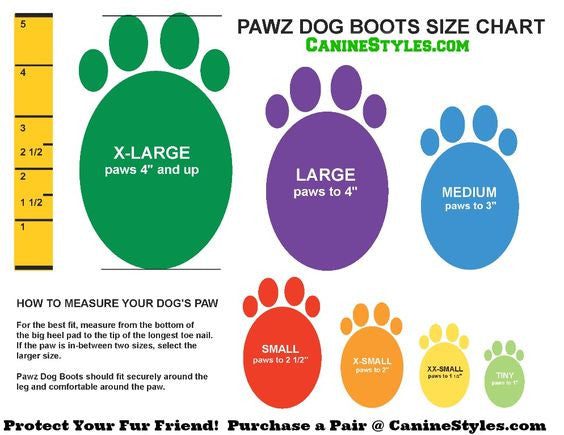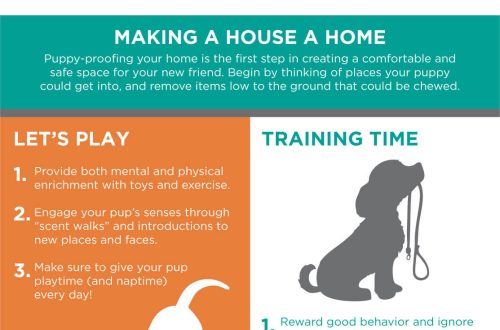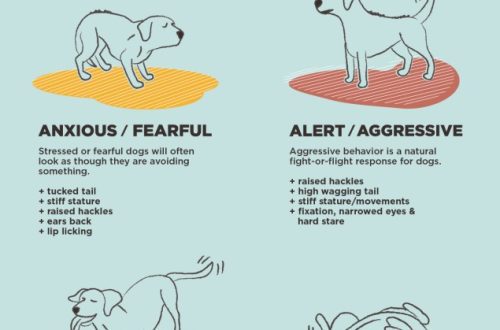
How to choose shoes for a dog?

A dog in shoes in the city is no longer surprising. It is in the city that shoes for dogs are of greater practical importance: they protect their paws from slush, dirt, freezing of anti-icing reagents, sticky wet snow, sharp crust and ice, in summer – from sharp stones, glass fragments and hot asphalt. Let’s talk about choosing and accustoming a dog to wearing shoes.
Contents
How to choose the right shoes for a dog and what to look for?
- Sole. For better protection of the paws, it is desirable that the boots have a not very rigid polyurethane sole with a tread and a slight bend – this will provide good grip on any surface. If you are choosing shoes for a large breed dog, then choose a model with an elastic sole. Such shoes will provide cushioning, while unloading the dog’s joints. Also, the sole must be resistant to wear.
- Boot weight and dog comfort. The weight should be appropriate for the build and weight of the dog so that the dog can move freely and the landing on the paw does not cause inconvenience when worn.
- Shaft height. The shaft helps to securely fix the paw, its height depends on the size and physique of the dog, the longer the metacarpus (that is, the higher and larger the dog), the higher the shaft should be.
- Boot design. It is good if the boot has a shape close in structure to the dog’s paw. The fold should be soft, and the toe should be strong and with additional protection. The seams inside the boot should be soft or flat so that the dog’s paws do not rub.
- Mounting method. Boots come with zippers, straps around the paw, elastic bands, puffs, and any combination of these fasteners. Shoes with zippers are easier to put on, but long-haired dogs often get stuck in the zippers, causing discomfort. Velcro shoes are more securely held on the paw, it is better if there are two of them. There are also elastic bands. Double Velcro on high shoes should be located below and above the wrist on the front paw, and on the metatarsus and above the hock (heel), on short shoes – tightly wrap around the paw just above the wrist and on the metatarsus.
Most of all, animals living in cities, dogs of search and rescue, patrol, cynological services, hunting pets and dogs used in teams need shoes.
Dog paw size
To determine your pet’s shoe size, place your dog’s paw on a piece of paper and draw an outline. With a ruler, measure the length of the contour of the circled paw: the distance from the back of the heel to the tip of the longest claw, add 0,5 cm to the result (claws straighten when walking). In the case of small breeds, the “reserve” should be less. Then measure the width of the paw: from the tip of the outer toe to the tip of the inner. Be sure to take measurements from both the front and hind legs, they may differ in size.
Train your dog for shoes
Acquaintance with this “dog” accessory should be started in advance. It is necessary to do this according to standard methods for accustoming dogs to hygiene procedures. This means that the owner’s voice should be gentle, soft, and the environment for the dog should be familiar. Keep a favorite treat or toy handy for rewards if your dog follows the command. Then, when all four paws are shod – distracting with a toy or a treat, offer to walk. Wear this item of clothing for the first time for a few minutes. Increase the wearing time gradually. Don’t forget to reward your dog. Do not laugh at your dog’s first clumsy attempts to walk in shoes, praise and encourage him. If you did everything right, 5-10 minutes will be enough for the dog to get used to his shoes (provided that they are comfortable and in size) and forget that he is shod.
You can start to teach with socks for dogs, they are softer and not so noticeable on the paw.
When the dog gets used to and moves naturally, the walk will become more comfortable for the dog and the owner.





